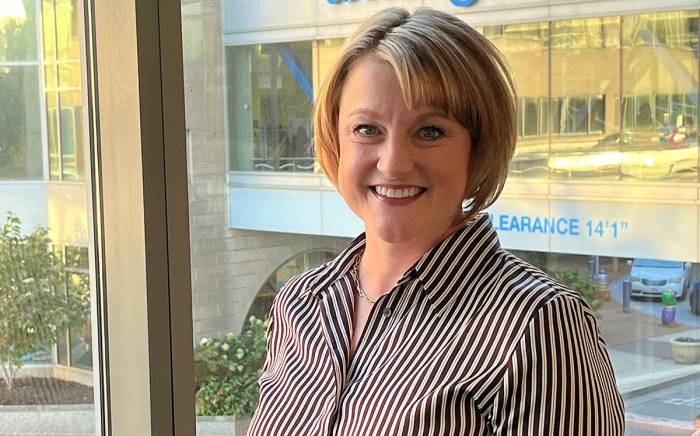Plastic surgeons focused on treating children: Pediatric Plastic Surgery at St. Louis Children’s Hospital has board-certified pediatric plastic surgeons who focus only on treating children and adolescents. We have in-depth understanding of a child’s anatomy, and we tailor our surgical plans accordingly. We also understand how to work with children who are scared and extremely nervous.
Kid-focused support team: We also have a full support team of pediatric specialists within St. Louis Children’s Hospital who work exclusively with children and adolescents. This includes pediatric anesthesiologists and child-life specialists who make surgery and the whole hospital experience more comfortable for kids.
Safety and quality outcomes: Our plastic surgeons review data on our outcomes on a regular basis so that we can provide the highest quality and safest care possible. This includes minimizing complications after surgery and the need to re-operate. As one example, we developed a special pain protocol that allows our patients to recover from jaw surgery with less use of opioids.
Specialized expertise and experience: Our surgeons are part of the Cleft Palate and Craniofacial Institute, the largest and oldest center of its kind in the Midwest. The team has treated more than 4,300 patients with cleft lip and cleft palate and more than 3,000 with major craniofacial anomalies. In addition, our surgeons participate in team-based programs for other complex surgical issues, including brachial plexus injury, facial nerve disorders, hemifacial microsomia and craniosynostosis.
Patient-focused care: Our plastic surgeons develop treatment plans tailored to your child’s needs and goals. To do this, we work to understand the full picture of your child, including their overall health, abilities and social concerns.
Making care more convenient for you: Our goal is to make trips to the hospital more efficient for you and to provide you and your child with a better overall experience. Our team has made efforts to do this in multiple ways, including:
- Streamlining visits: For patients who need to visit multiple specialists as part of our team-based care programs, we streamline these visits whenever possible. For example, in the Cleft Palate and Craniofacial Institute, our patients can meet with up to eight different specialists. We strive to coordinate these visits so you and your child do not have significant waiting time in between visits.
- Decreasing trips to the hospital: For children with complex facial anomalies who need longer-term treatment, we developed treatment options that provide similar outcomes with fewer visits. For example, for babies with cleft palate, we use a passive alveolar molding option instead of the traditional nasoalveolar molding that requires them to come every week for the device to be repositioned. With this technique, our patients achieve the same results but only need to return every 4 to 6 weeks.
Advanced, flexible options to address your specific needs: We use a variety of advanced techniques — including 3D modeling, patient-tailored alveolar molding and splints for patients with cleft lip — to get results that match your child’s needs and desires. Before surgery, we’ll talk with you and your child about the advantages and disadvantages of all of their options. For example, we often can choose which part of the body to take tissue or nerves from to address the area of concern, and we always make sure you and your child are involved in that decision.










